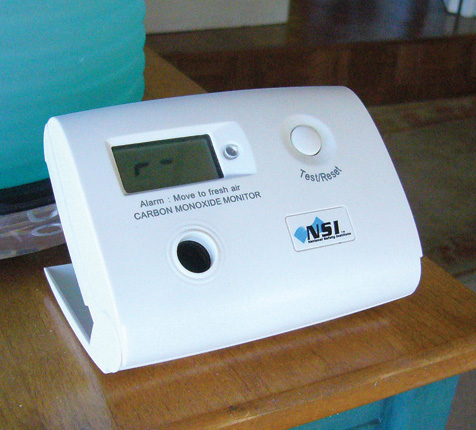How clean is the air inside your home? Mold, mildew, bacteria, pollen and dust are present in almost every home. When left unchecked, these allergens can negatively impact the health and comfort of your family. The experts at A1 Comfort Heating & Cooling have solutions to help combat these allergens and keep your family healthy. Call our office today to schedule a time to talk with one of our air-quality experts about air cleaners and humidity control systems.
Here are a few of the ways you can improve the air quality in your home:
Humidifiers – Without proper humidity levels in your home, itchy skin, dry throats, respiratory problems, and static shock are all too common during the winter months. While humidity can make things uncomfortable during the summer time, it is a necessary part of comfortable living during the cold winter months. Our whole home humidifiers are installed on your furnace and can be installed with an automatic control. With an automatic humidity control, you never have to worry about making the proper adjustments.
Air Filters – Our air quality technicians can provide regular maintenance to your heating and air conditioning systems, cleaning or changing air filters several times per year. Ask about specialty filters for homes with medical needs, such as allergies or asthma.
Air Purifiers/Electronic Air Cleaners – Air cleaners improve air quality to removing harmful pollutants, such as smoke, mold, viruses and allergens, from the air. Whole house systems, which are more efficient than portable models, are added to your heating and cooling system and trap and filter pollutants. They come with HEPA technology for improved filtration, carbon filtration for gaseous pollutants or UV light for disinfection depending on your family’s needs.
Call 773-645-0400 today to schedule an appointment for service or a free estimate on installation of a new indoor air quality system in your home. Our air quality technician analyzes your home for infiltration problem spots and makes recommendations for the right equipment to keep your air safe and clean.


